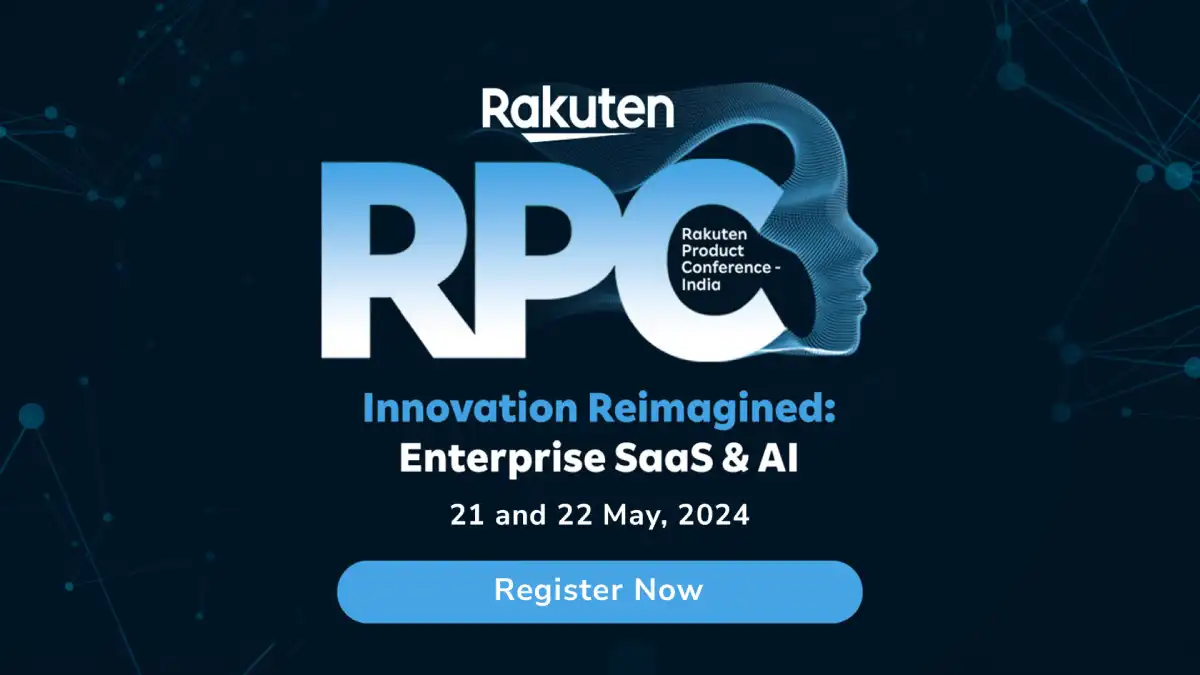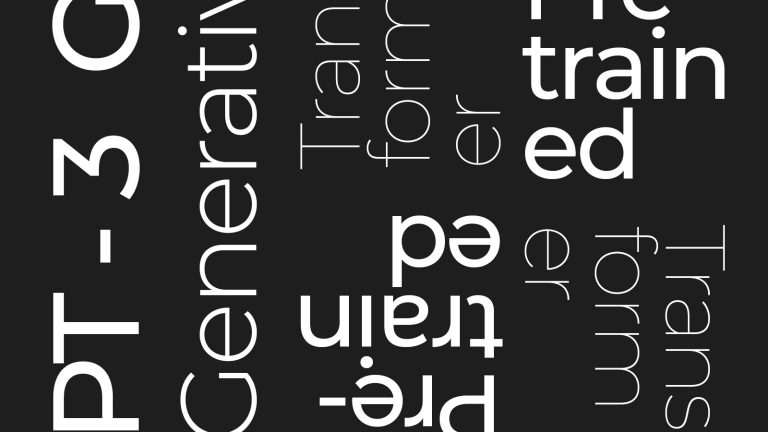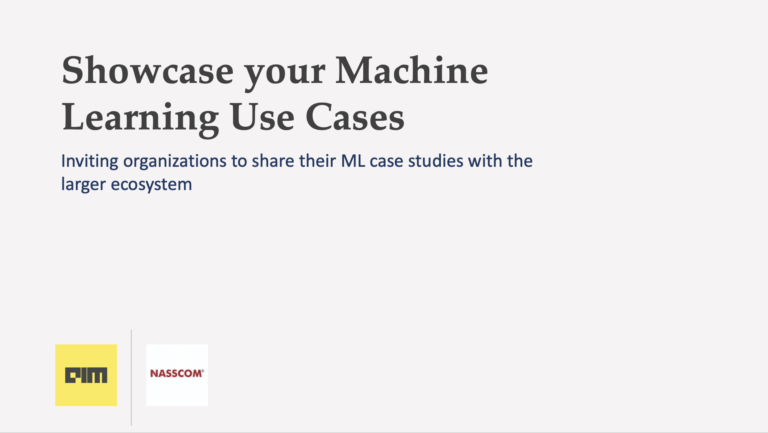The augmented workforce era is upon us, with more and more organisations opting to leverage AI to generate business value. Businesses that have quickly adopted the latest digital transformation techniques are finding themselves with a competitive edge over those still struggling to understand and trust the evolving nature of AI in digitisation. But this has also created a sense of urgency in the market, especially for businesses yet to embed AI in their digitised organisation.
While AI-incubated organisations have the upper hand while launching pilot projects, it is not all that easy to incubate AI. Organisations are often limited by a lack of identification of high ROI use cases that can be provided by AI. Leaders often skip the essential step of identifying the proper use case the company needs while incubating data and AI in organisations, leading to former failure.
The use cases can vary depending on the business problem and strategy. For instance, for an e-commerce company, the use case could be to optimise prices, while for a financial organisation, it could be to prevent fraud. Organisations should typically identify just three to five data science use cases at a time to prevent strategy risks due to cluttered data.
So how do you choose which use cases to adopt? Let’s take a deeper look at some of the frameworks that can help your organisation identify the correct data science use case.
Introducing an innovation agile pod
Innovation agile pods are cross-functional units that act as a foundation to building AI for use case identification. They are comprised of the various personas that allow organisations to implement scalable solutions to a spectrum of business problems. Agile pods are a must for organisations regardless of their maturity level or the stage of data implementation. This is given its pragmatic approach at re-grouping, assessing, validating and proposing solutions that can be implemented later.
To solve problems, you need different personas that are experts in their job. The agile innovation pod team is cross-functional and dynamic with employees in job roles such as data engineers, AI/ML algorithm developers, ML Engineers, program & project leaders, business & domain experts, ML & technical architects and visualisation experts. The varied skilled team allows the companies to have rapid business use case development and build a data ecosystem for quick and usable data.
Value Generation vs Implementation Complexity
Once the agile pods have been formed, they will help identify the right use cases for the organisation. There are several frameworks that can aid these pods. One of the most effective in identifying the right use cases is the value vs feasibility matrix.
AI/ML use cases should be value generation opportunities for an organisation for increasing the revenue or reducing the cost. But on the other hand, the complexity of implementing such value generation ranges from finding the right data or sophisticated analytical solutions to the technological impact and change management to integrate AI/ML in the organisation. Leaders also have to consider the span of this impact and determine the risks undertaken based on that.
The use case matrix is a framework for leaders to overcome the challenge of finding this balance. The X-axis of the matrix represents the Implementation Complexity, while the Y-axis represents the Value Generation. By plotting their use case on the matrix, organisations can understand where, on the balancing scale, does their concept stand and later take the solution steps needed.
The goal is for organisations to maintain a low implementation complexity with high-value generation. Advanced technologies allow organisations in two ways. Firstly, it allows organisations to plot their use cases on the matrix and identify where they stand in context to the Implementation Complexity and Value Generation balance. Then, organisations can leverage AI-based use cases to find a balance between those.
Let’s consider a few examples to put this matrix in place.
For instance, the organisation is a retail business. The first use case is identifying signs of dissatisfaction among the customers. Given that customer retention is possibly the most crucial factor for retail markets, it is essential to invest in services to predict customer behaviour and prevent exclusion. This use-case falls under the 1st matrix with high-value generation while having a low implementation complexity.
On the contrary, is the use case of inventory management in retail. The organisation will invest in an inventory management module to display real-time inventory levels and determine the products that need to be added. But given the niche nature of the use case, its value generation is lower as compared to its implementation complexity which is quite high. This falls in the 4th box of the matrix, thereby needing more attention from the organisation to ensure that the system is giving back more than it is taking in.
From concept to product
Once the organisation has decided on a use case using the matrix, the next step is to leverage the innovation pod to create a final product. The innovation pod is an assessment framework to ensure the problem is being solved in the right manner. The framework comprises four steps – beginning from the potential ML use case that the organisation needs and producing a deployable and scalable solution.
The concept stage involves conceptualising the ML use case based on the organisation’s business problem. The concept should be detailed to identify the benefits of this use case and its impact on the organisation.
After conceptualising, the second step is creating a first prototype, which is a wireframe consisting of high-level concepts and concepts of the ideated ML use case. The blueprint will help gain a better visualisation and understanding of if and how the use case can be utilised.
Once the prototype is confirmed, we build a second prototype. This will be more high fidelity use case visualisation that is closer to the final product.
The last step before deployment is creating the final product based on the prototypes. The final product should be the ML use case ready to be deployed by the organisation.
Once your product is created, one can go ahead and deploy the use-case for further processing in the organisation.
Wrapping up
Finding the data science use case is only the first step in incubating AI/ML in organisational functioning, but it is the step that will create a foundation for the company’s future growth. Leaders should approach this patiently and critically think through the business problems and the solution AI can provide.
This article is written by a member of the AIM Leaders Council. AIM Leaders Council is an invitation-only forum of senior executives in the Data Science and Analytics industry. To check if you are eligible for a membership, please fill the form here.




















































































